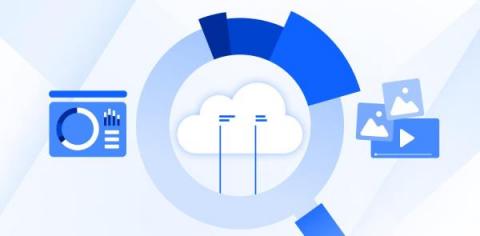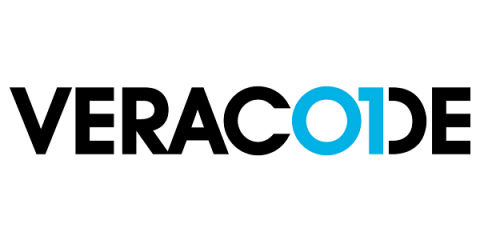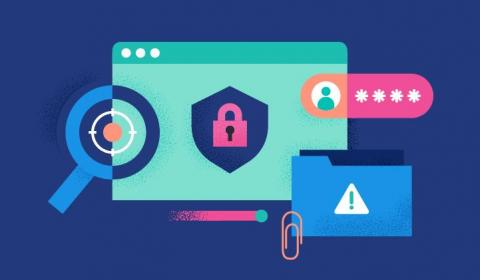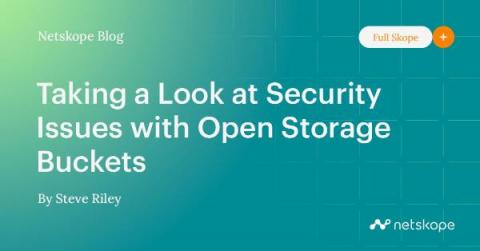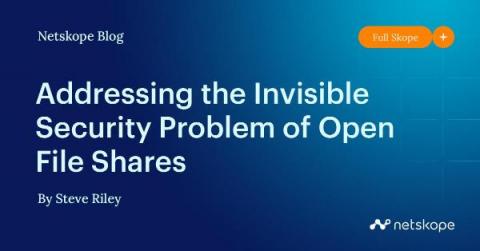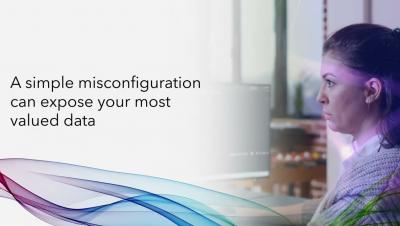5 Reasons Why Marketing Teams Should Use Secure Cloud Storage
The cloud has a lot going for it, and one of the most significant advantages it has brought to the table is data storage. For businesses, this surplus of cheap and scalable cloud storage combined with the many new innovations in cloud computing has the potential to boost productivity, reduce expenses, and simplify operations. In the marketing industry, cloud computing already benefits companies of all sizes.


